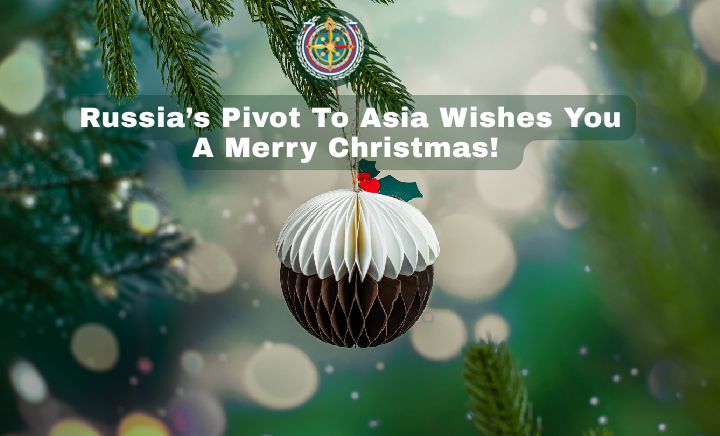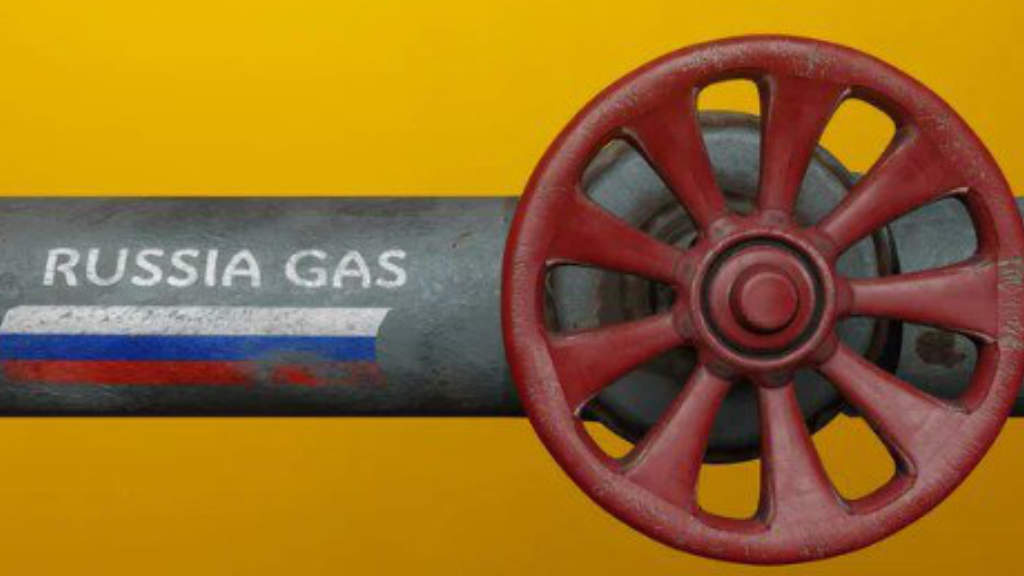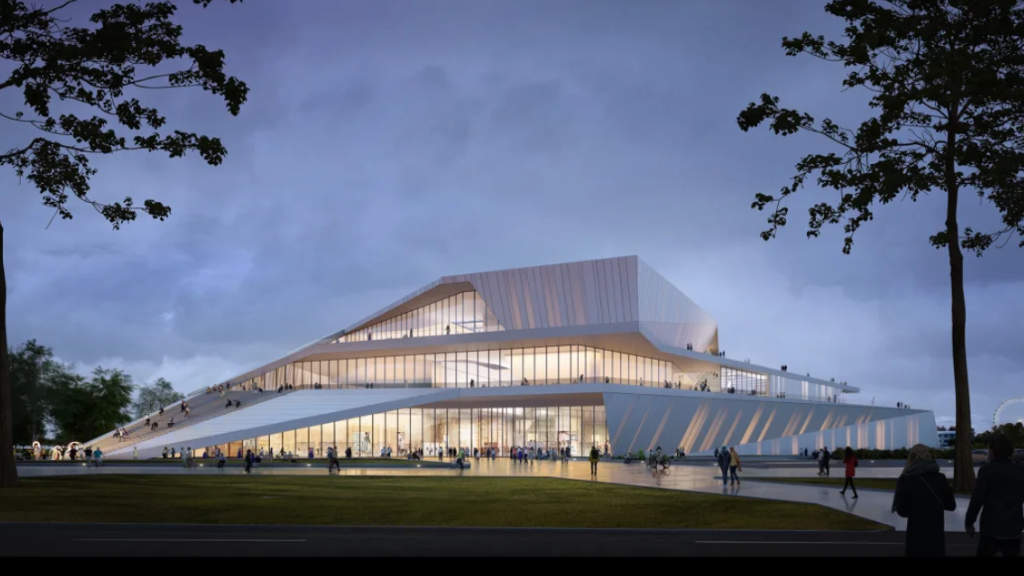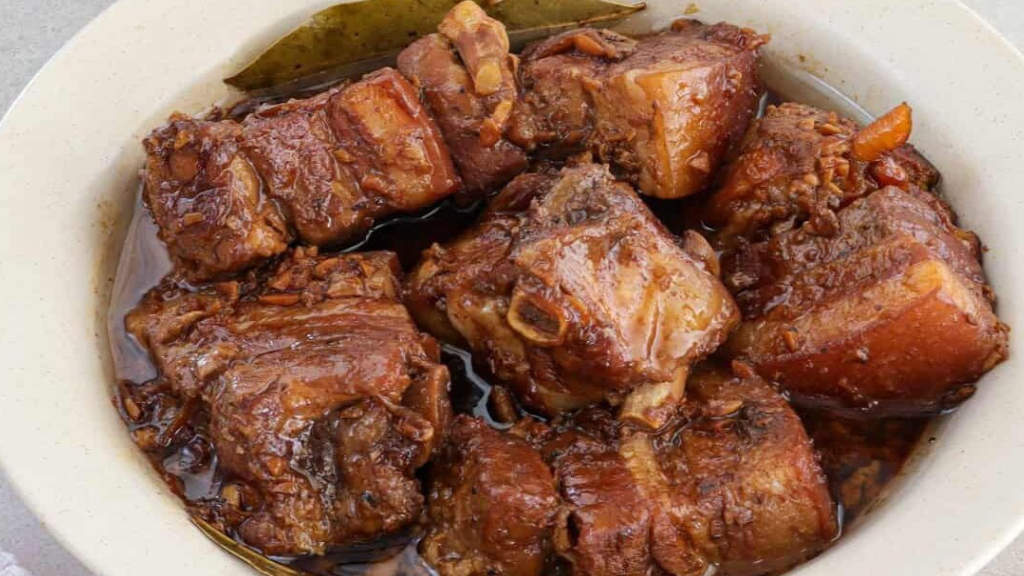
Sergei Glazyev, the Minister for Integration and Macroeconomics of the Eurasian Economic Commission, the directing head of the Eurasian Economic Union (EAEU) has been attending the China Overseas Investment Fair, which was held on May 27-28 in Beijing.
China has a non-preferential trade agreement with the EAEU, which means that tariff and duty rates between China and the EAEU members can be manipulated on an ‘as need’ basis as opposed to being set in stone as would be the case in a full Free Trade Agreement. The EAEU also includes Armenia, Belarus, Kazakhstan, Kyrgyzstan and Russia, filling a geographic area between Eastern Europe and Western China. Discussions between China and the EAEU therefore have a significant impact on trade.
Glazyev spoke about the performance of the EAEU, highlighting that by the end of 2023, its GDP growth rate for the year reached 3.7% – higher than the global average. In terms of the EAEU and China, he stated that “In the context of an unprecedented transformation of the architecture of the world economy and the formation of a new technological and world economic structure, cooperation between the countries of the Eurasian Economic Union and China is acquiring a strategic character and has great prospects. In essence, the EAEU and China are forming a new contour of regional economic development.”
During the thematic round table “The Eurasian Region Presents New Economic Opportunities,” the issues of linking the Eurasian Economic Union and China’s Belt and Road initiative were discussed in detail. According to Glazyev, the trade turnover between the EAEU and China has become sustainable, but to maintain this requires the development of cooperation and joint investments. The economic growth potential of the EAEU exceeds 25% and is especially high in the fuel and energy complex, agro-industrial and forestry complexes, and high-tech industry. Issues of trade and economic cooperation, technological innovation and green development were also discussed.
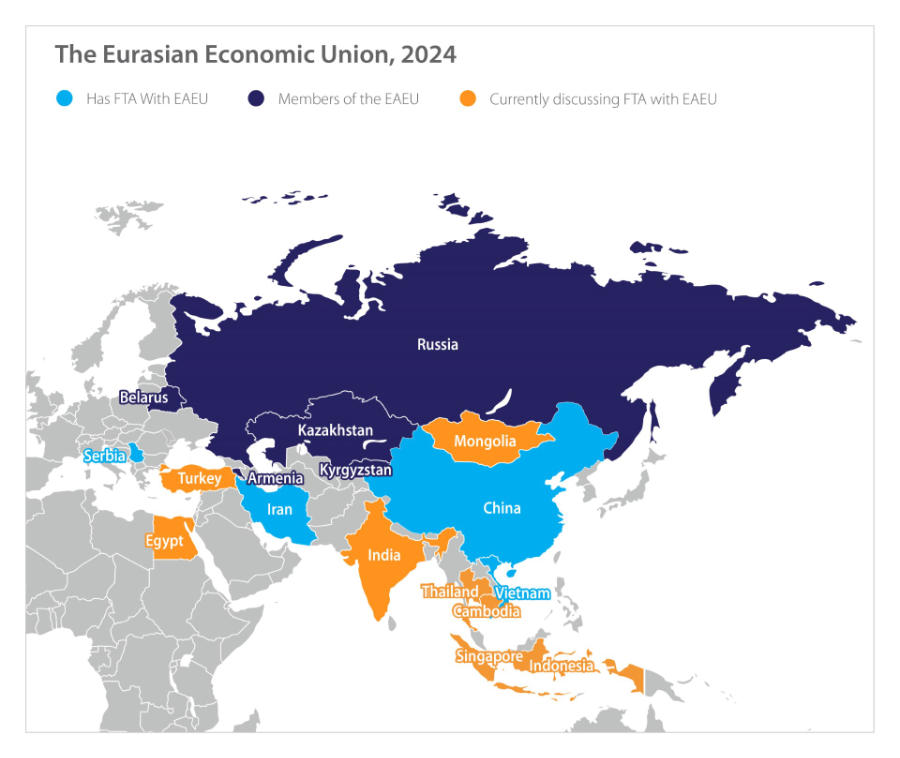
China’s Belt and Road Initiative (BRI) is essentially the outbound investment programme that Beijing carries out, with particular emphasis on developing supply chains in energy, food security and other essentials, along with consumer-based trade. There has also been an increasing tendency for Chinese investors, both SOEs and privately held companies, to invest in infrastructure projects, complete them, and then see them IPO. That provides significant return on the initial investment and also allows a full or partial exit. Partial exits mean the Chinese investor can continue to reap annual dividends. Glazyev is suggesting more of these types of investments should be directed towards the Eurasian Economic Union.
Cooperation between the EAEU and China is carried out within the framework of the Agreement on Trade and Economic Cooperation between the Eurasian Economic Union and its member states, on the one hand, and the People’s Republic of China, on the other.
The China Foreign Investment and Cooperation Fair is approved by the State Development and Reform Committee of the People’s Republic of China. Representatives from more than 100 countries and thousands of entrepreneurs traditionally take part in the Fair’s sessions; exhibitions are organised on the sidelines of the event and contractual documents are signed. The fair has become an effective way for participants to obtain information about international investment, trade and economic projects, and an important platform for the development of international cooperation in the joint construction of the Belt and Road Initiative: and dividend returns from projects within the EAEU.
